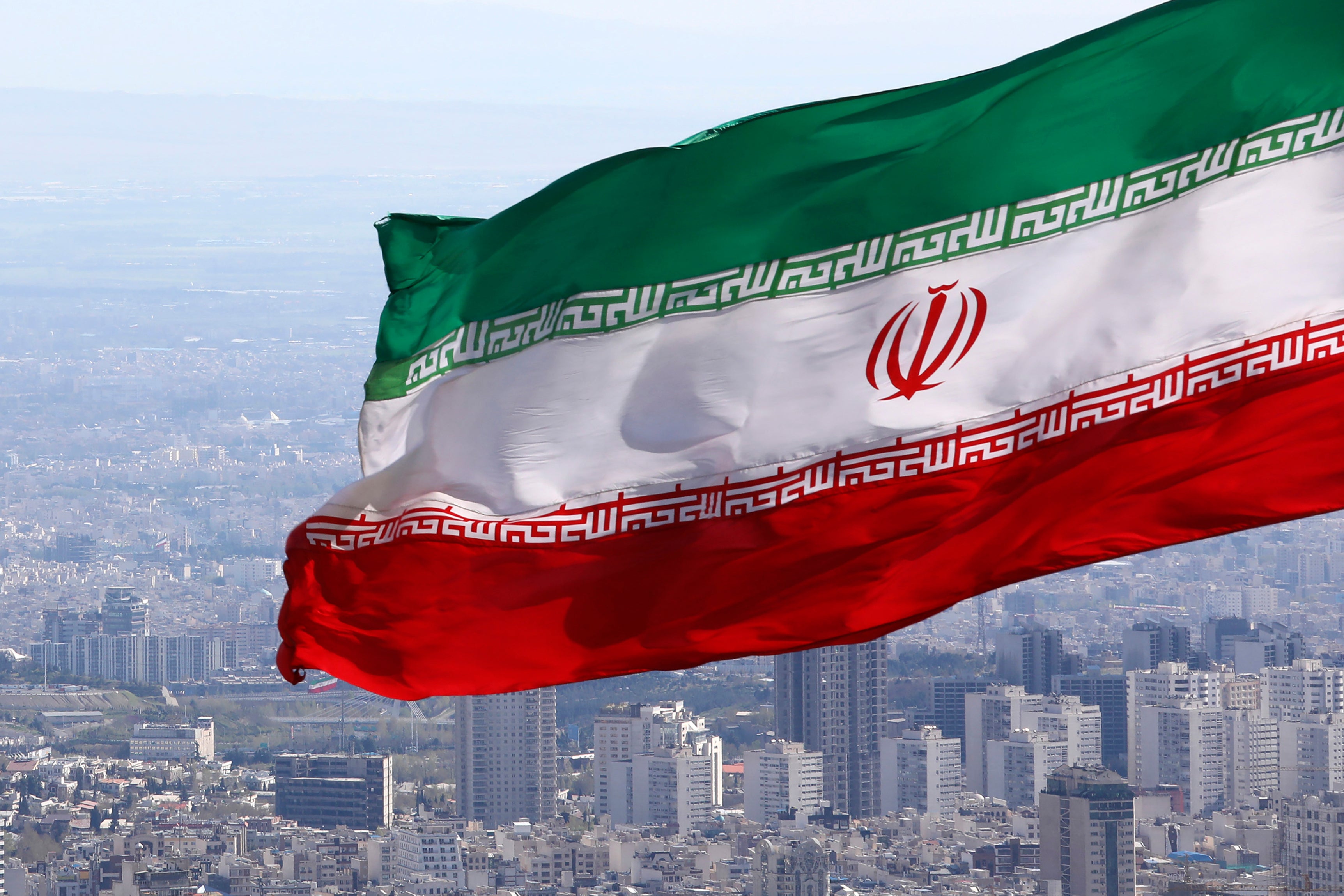What Happened
Recent developments regarding Iran’s nuclear program have escalated tensions between Tehran and Western powers, particularly the United States and Israel. On June 12, 2025, the International Atomic Energy Agency (IAEA) formally determined that Iran is not complying with its nuclear obligations for the first time in two decades. This resolution was passed amid ongoing negotiations between Iran and the U.S. concerning Tehran’s nuclear activities. In response to the IAEA’s findings, Iranian authorities announced plans to establish a new uranium enrichment facility and enhance their existing capabilities at current sites.
Simultaneously, reports emerged indicating that Israel is prepared to conduct military strikes against Iranian nuclear sites, even without U.S. support. This situation has prompted Iranian leaders to assert their defiance against what they describe as coercive actions by the U.S. and its allies, while also emphasizing their commitment to advancing their nuclear program, which they claim is for peaceful purposes.
Key Details
-
IAEA Resolution: The IAEA’s board of governors voted to censure Iran, citing its failure to comply with nuclear nonproliferation obligations. The resolution was supported by 19 member nations, including the U.S., U.K., France, and Germany, while Russia and China opposed it.
-
Uranium Enrichment: Iran currently enriches uranium up to 60%, which is below the 90% purity required for nuclear weapons. The country has announced plans to build a third enrichment facility and upgrade its centrifuges at existing sites, which could significantly increase its capacity for uranium enrichment.
-
Military Tensions: Israeli officials have indicated readiness to strike Iranian nuclear facilities, with U.S. President Donald Trump commenting on the potential for military action. Iranian military leaders have vowed to respond decisively to any attacks.
-
Negotiations: Ongoing talks between Iran and the U.S. are focused on reaching a new agreement regarding Iran’s nuclear program, with key issues including the level of uranium enrichment allowed. The previous nuclear deal from 2015, which limited Iran’s enrichment to 3.67%, was abandoned by the Trump administration in 2018.
Multiple Perspectives
The situation surrounding Iran’s nuclear program is complex, with various stakeholders holding differing views:
-
Iranian Government: Iranian officials assert that their nuclear program is strictly for peaceful purposes, such as energy production and medical applications. They view the IAEA’s resolution as politically motivated and reject claims of noncompliance.
-
Western Powers: The U.S. and its allies express concerns that Iran’s advancements in uranium enrichment and military capabilities could lead to the development of nuclear weapons. They argue that Iran’s lack of transparency and failure to cooperate with the IAEA raise significant red flags.
-
Israeli Government: Israel perceives Iran’s nuclear ambitions as an existential threat and has consistently advocated for military action to prevent Iran from acquiring nuclear weapons. Israeli officials argue that diplomatic efforts have failed and that a military option remains necessary.
-
International Community: Some countries, including Russia and China, oppose the Western-led approach and advocate for diplomatic solutions, emphasizing the need for dialogue rather than sanctions or military threats.
Context & Background
The tensions surrounding Iran’s nuclear program have deep historical roots. Iran’s nuclear activities have been scrutinized since the early 2000s, with Western nations fearing that Tehran’s intentions may extend beyond civilian applications. The 2015 nuclear deal, known as the Joint Comprehensive Plan of Action (JCPOA), was designed to limit Iran’s nuclear capabilities in exchange for sanctions relief. However, the U.S. withdrawal from the agreement in 2018 led to a significant escalation in tensions, with Iran gradually stepping back from its commitments under the deal.
The recent IAEA resolution marks a critical juncture in these ongoing negotiations, as it signals a growing international consensus on the need for Iran to adhere to its nuclear obligations. The potential for military conflict adds another layer of urgency to the situation, as both Iran and Israel prepare for possible confrontations.
What We Don’t Know Yet
Several uncertainties remain regarding Iran’s nuclear capabilities and intentions:
-
Nuclear Weapons Capability: While Iran is enriching uranium to 60%, it has not yet achieved the 90% purity required for weapons-grade material. The extent of its capabilities and whether it has the technical means to develop a nuclear weapon remain unclear.
-
Future Negotiations: The outcome of ongoing talks between Iran and the U.S. is uncertain. Both sides have expressed differing demands, particularly regarding uranium enrichment levels, which could significantly impact the trajectory of Iran’s nuclear program.
-
International Response: It is unclear how the international community will respond if Iran continues to advance its nuclear program in defiance of the IAEA’s findings. Potential reinstatement of sanctions or military action could alter the dynamics of the situation.
-
Public Sentiment in Iran: While Iranian officials express confidence in their military capabilities and national pride, public sentiment regarding the potential for conflict and the impact of sanctions on daily life remains a variable that could influence Iran’s decision-making.
In summary, the question of whether Iran has nuclear weapons is still unresolved. While Iran has advanced its nuclear program significantly, it has not yet crossed the threshold into nuclear weapons capability. The situation remains fluid, with ongoing negotiations and military tensions shaping the future of Iran’s nuclear ambitions.


